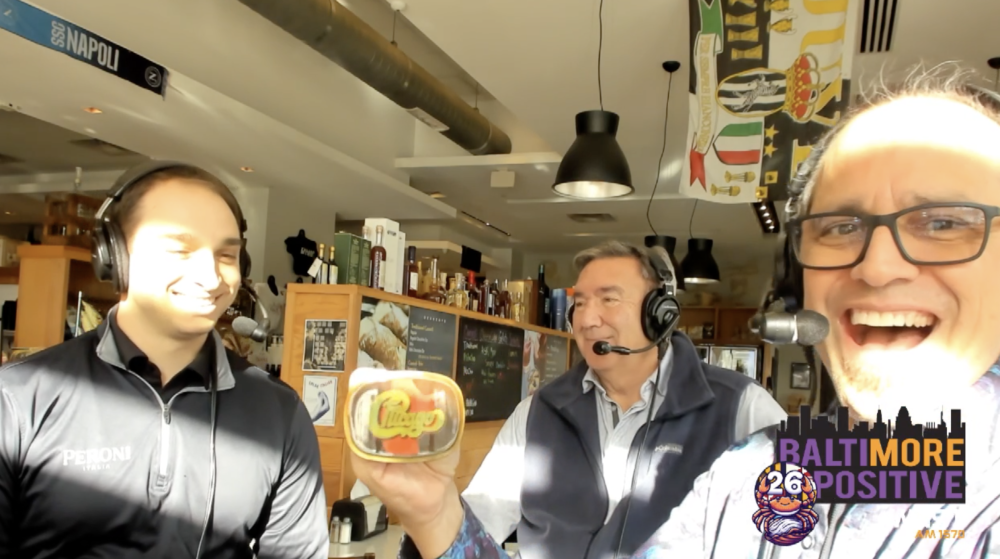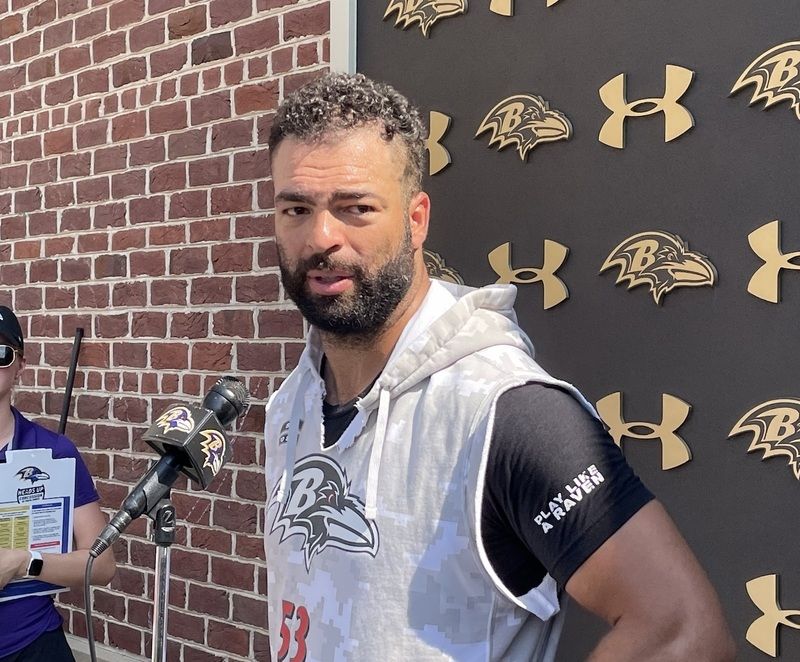Houston coach Bill O’Brien knew the same truth that Kevin Stefanski and Cleveland did playing against the Ravens the previous week.
The Texans weren’t good enough to beat Baltimore playing it safe.
That’s why they went for it on fourth-and-1 from their own 34 despite trailing just 3-0 on the final play of the first quarter. Houston failed to convert as blitzing safety DeShon Elliott didn’t bite on quarterback Deshaun Watson’s play fake and forced an incompletion to tight end Darren Fells, who was tightly covered by linebacker Patrick Queen.
As if keeping up with the NFL’s best offense from a year ago weren’t difficult enough, Sunday marked the 13th consecutive regular-season game in which the Ravens held an opponent to 21 or fewer points.
“We felt like we needed possessions in the game, so we decided to go for it,” O’Brien said. “We put a play out there, they called timeout, we changed the play. The play didn’t work, we didn’t convert it. But that’s just the way it works. They did a better job than us on that, and we just need to work hard to improve.”
It’s easy to mock the play call — Houston didn’t run the ball on third-and-1 either — and its execution, but the decision to go for the first down as well as Stefanski calling one of the worst fake punts we’ve seen in recent memory last week illustrates the predicament for overmatched opponents facing the Ravens. Teams can play by the book to keep the score respectable and hope Baltimore stubs its toe enough times, or they’re forced to step outside their comfort zone and risk ridicule, something John Harbaugh and the Ravens have shown little resistance to doing in recent years. At this point, there’s nothing uncomfortable about fourth down for the Ravens, giving them an additional edge when inferior opponents merely try to keep the score close rather than give themselves the best possible chance to win.
After the Texans failed to convert that fourth-and-1 to end the opening quarter, O’Brien’s bigger mistake was settling for a Ka’imi Fairbairn field goal on fourth-and-6 from the Baltimore 17 in the opening minute of the fourth quarter. Trailing 23-10 against a team that had punted just twice all day, the Texans kicking a 35-yard field goal maintained a two-score deficit in the game and signaled O’Brien was expecting his defense to get two more stops just to give Watson and the offense a chance.
That’s a lower-percentage play than going for it on fourth-and-6.
Meanwhile, Harbaugh answered any lingering questions about whether those two failed fourth-and-1 plays in the shocking postseason loss to Tennessee would alter his thinking in 2020. With the Ravens facing a fourth-and-1 from the Houston 30 and leading 23-13 with just over 12 minutes remaining, a Justin Tucker field goal would have kept it a two-possession game and maintained a faint glimmer of hope for the Texans. That’s why Harbaugh decided to go for it and offensive coordinator Greg Roman sent sixth offensive lineman Patrick Mekari onto the field. Taking a direct snap and running left behind an unbalanced line and great blocks from Mekari, left tackle Ronnie Stanley, tight end Nick Boyle, and fullback Patrick Ricard, running back Mark Ingram galloped 30 yards for the touchdown to give Baltimore an insurmountable 30-13 lead.
“Mark executed it really well as far as setting up the scheme itself in terms of his angles. And then the offensive line and tight ends just blocked it great,” Harbaugh said. “It’s a critical play. It’s something we had been preparing for that kind of situation. I give Greg and the offensive coaches and the players — the guys who executed it — all the credit. They’re the ones that made it happen, and that was big. It was a big play in the game.
“It was the turning point in the game. Gave us a little breathing space, and I’m proud of them for that.”
Of course, Harbaugh wasn’t finished showing off his fourth-down mettle on the following possession, electing to go for a fourth-and-1 from his own 36 with 6:32 remaining and a 30-16 advantage. Failing to convert would have kept the door cracked ever so slightly for the Texans and left Harbaugh open to loud second-guessing in the event of a miracle Houston comeback, but converting meant being able to continue chewing away at the clock.
And perhaps it served as a boost of bravado for a decorated running game that hadn’t gotten untracked over the first seven quarters of the 2020 season. Unlike Ingram’s touchdown, there was nothing fancy about this formation or play as quarterback Lamar Jackson plowed straight ahead behind center Matt Skura for the first down.
“That was, what, maybe a three- or four-inch thing. It was that close and we just felt like we could get it with that short,” said Harbaugh about his rationale to go for the first down. “They were lined up in there to stop the sneak. They knew what was coming. I don’t think it was tricking anybody. It was just our offensive line getting the push, Lamar being determined to get it. I think that was all just grit and guts to get that one.”
Grit and guts indeed.
The Ravens drained nearly three more minutes from the clock before Justin Tucker’s 20-yard field goal for the final 33-16 score. Those fourth-down conversions headlined a 153-yard rushing performance in the final quarter after Baltimore had run for an ordinary 77 yards over the first three periods.
The first two weeks of a new season have shown that opponents recognize the need to break away from convention to have a chance against Baltimore, but the Ravens have maintained their fourth-down edge on both sides of the ball, making them that much more difficult to beat.


























